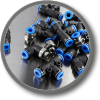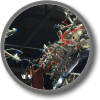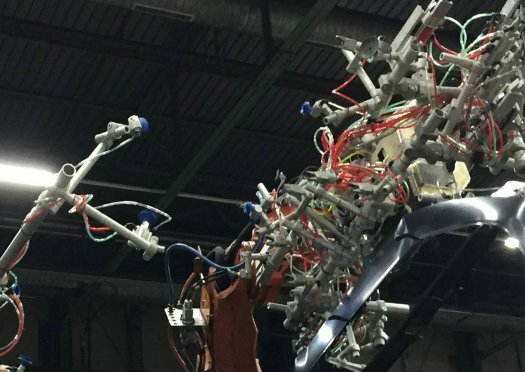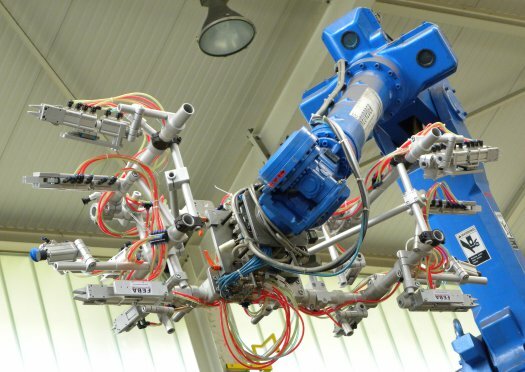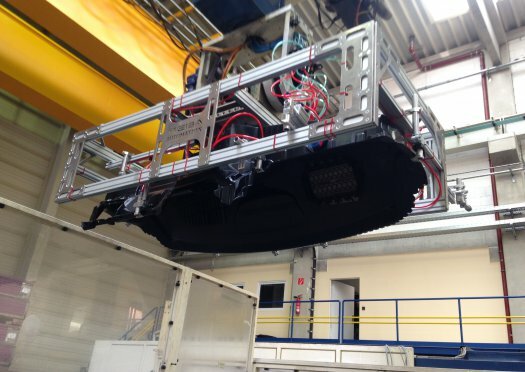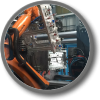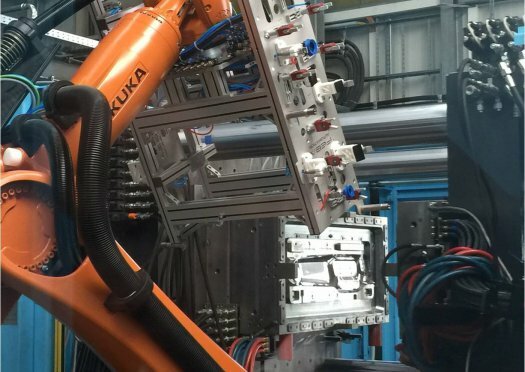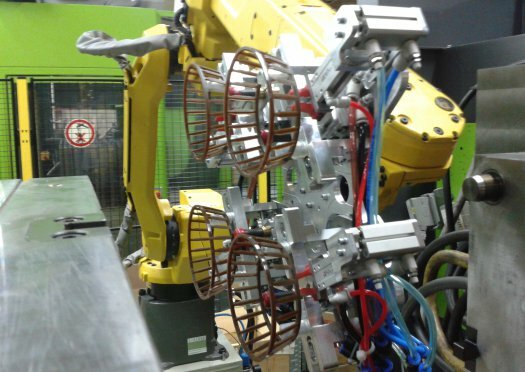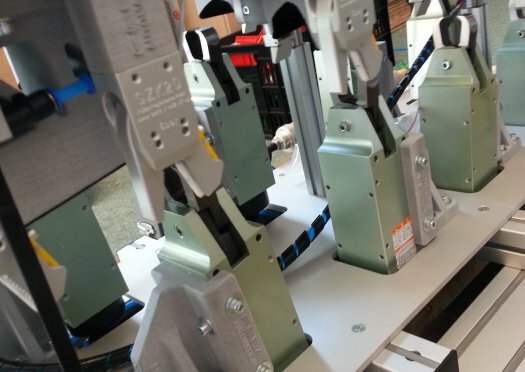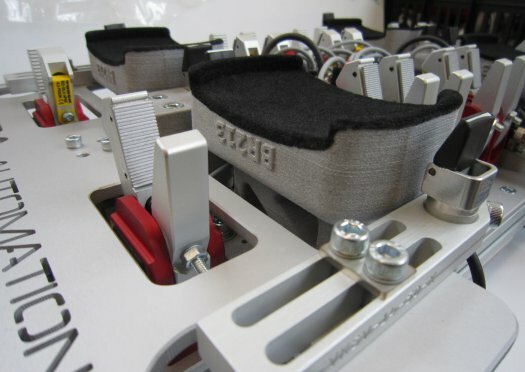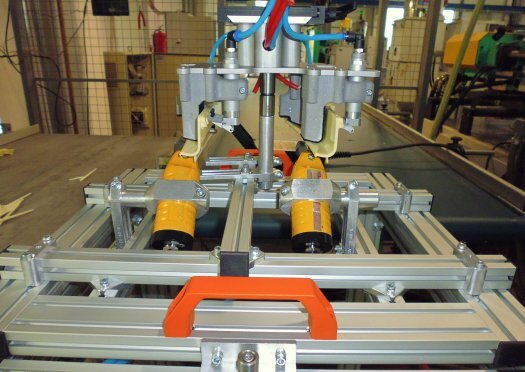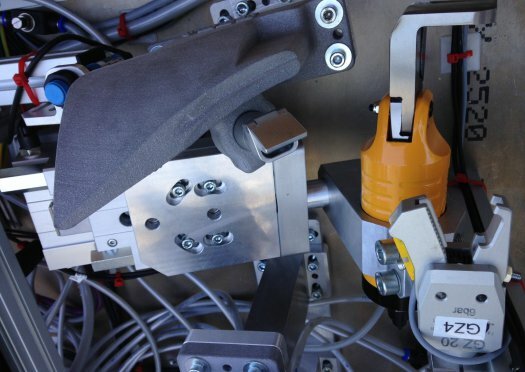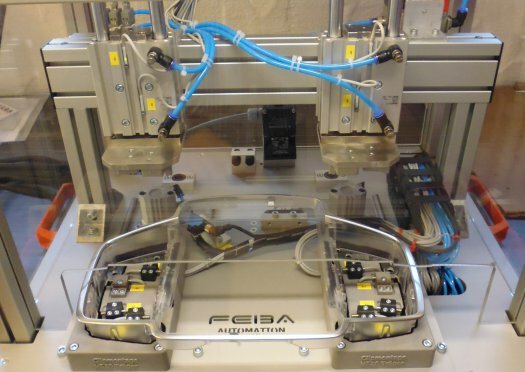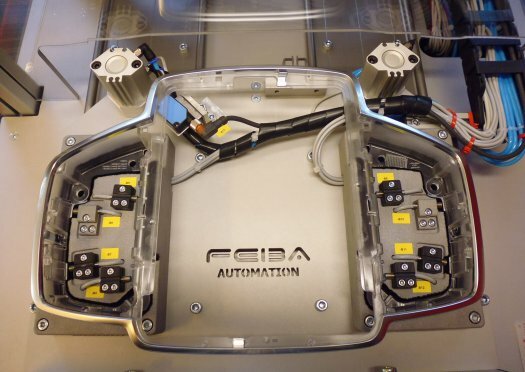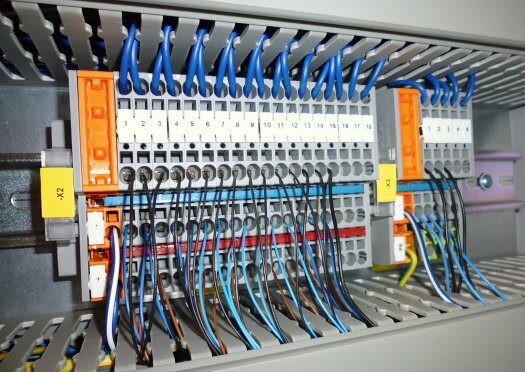Benchmarking Vector DBs: Recall, Tail Latency, and Cost
If you're looking to evaluate vector databases for your own use case, you'll quickly realize that traditional metrics often don’t tell the full story. It’s not just about how fast or accurate a system looks on paper. You have to weigh recall rates, understand what happens under high demand, and factor in the real costs of long-term operation. Before choosing a solution, you’ll want to understand the pitfalls that many overlook.
Why Traditional Benchmarking Falls Short
Traditional benchmarking methods for database evaluations, while widely used, often provide a limited perspective on performance. Relying solely on metrics such as average latency or queries per second (QPS) can lead to misleading conclusions, as real-world environments typically exhibit more variability.
Many benchmarking datasets, including SIFT and GloVe, don't adequately capture the nuances required by contemporary AI workloads. This shortcoming can result in benchmark outcomes that fail to represent the demands of production environments, which are characterized by continuous data flow and sudden spikes in activity.
As a consequence, organizations may overlook critical performance outliers and miss insights into the actual user experience during peak periods. To make well-informed decisions, it's essential to adopt benchmarking methodologies that accurately reflect authentic usage scenarios, rather than relying on traditional metrics that may not align with the complexities of current applications.
Understanding Recall Rates in Vector Search
Vector search is inherently built on the concept of approximate matches, which makes recall rates an essential metric for assessing the effectiveness of a retrieval system. Recall specifically evaluates the ability of a database to return relevant neighbors when compared to established ground truth data.
As the goal is to enhance recall, the complexity of the indexing process increases, necessitating a careful consideration of the trade-off between retrieval accuracy and operational efficiency.
Benchmarking recall rates is essential for determining which indexing strategies align best with the specific needs of an application, factoring in both costs and achievable recall levels.
A systematic approach to benchmarking recall can provide validation that the selected methodology fulfills the requirements of the application, thereby ensuring that the vector search system can adequately manage expected workloads and use cases.
The Importance of Tail Latency Metrics
While average latency metrics are frequently highlighted in performance assessments, they don't comprehensively reflect user experiences with vector databases.
It's essential to examine tail latency metrics, particularly P95 and P99, as they indicate the frequency of suboptimal query performance under real-world loads. In scenarios requiring high recall, even a limited number of slow queries can impact the effectiveness of real-time applications and alter user perceptions of responsiveness.
VDBBench emphasizes the relevance of tail latency by evaluating outlier performance rather than relying solely on average metrics, thereby providing a more accurate picture of production environments.
By closely monitoring these tail latency metrics, organizations can identify underlying issues and ensure that their selected vector databases maintain reliable performance, even when faced with demanding query operations.
This focus on tail latency is instrumental in optimizing overall system efficiency and user satisfaction.
Total Cost of Vector Database Ownership
The total cost of ownership for a vector database is defined by multiple factors beyond the initial licensing fee of the software. One significant aspect to consider is memory utilization. When managing large datasets comprised of millions of vectors, the requirements for RAM and solid-state drives (SSD) can be considerable, impacting overall costs substantially.
Latency is another critical factor that influences both user experience and operational expenses. Faster query response times can contribute to increased efficiency, thereby reducing the time and associated costs involved in data retrieval. This can lead to a more satisfactory end-user experience and potentially lower operational overhead.
The time required for indexing should also be factored into the total cost analysis. Databases that take an extensive duration to generate indexes can impede deployment timelines and may lead to additional resource consumption, which further escalates costs.
Operational complexity is an important consideration as well. Systems that are easier to manage tend to incur lower maintenance costs and minimize downtime, contributing positively to the overall efficiency and effectiveness of the database operations.
Evaluating Real-World Performance With Modern Datasets
After accounting for costs such as memory usage and latency, it's essential to assess the performance of vector databases in real-world scenarios.
Modern benchmarking tools, including VDBBench, utilize datasets derived from advanced embedding models to replicate contemporary AI workloads. These evaluations extend beyond average processing speed by incorporating tail latency metrics such as P95 and P99.
These metrics provide insight into how effectively a database manages unexpected spikes in query volume.
A comprehensive assessment involves both recall and performance, offering a nuanced perspective on the quality and operational efficiency of the database.
Testing scenarios encompass realistic loads, streaming, and filtering, enabling a thorough understanding of how vector databases respond under production conditions.
Comparing Popular Vector Indexes: Trade-offs and Considerations
When selecting a vector index for large-scale applications, particularly those managing over a million embeddings, it's important to understand the trade-offs between different index options such as HNSW (Hierarchical Navigable Small World graphs), IVF (Inverted File Index), and others.
Each indexing method presents distinct balances concerning query time, recall rates, and indexing complexity.
For applications that prioritize high recall rates, it's common to see an associated increase in memory usage and potentially longer query response times. Latency benchmarks, including p50 (median) and p95 (95th percentile), can illustrate significant differences in user experience between various indexing methods.
Additionally, the complexity involved in indexing can affect deployment speeds; some index structures can be built rapidly, whereas others may take more time to construct.
Therefore, it's essential to evaluate these factors carefully in relation to the specific requirements and scale of your dataset.
Operational Factors Affecting Vector DB Deployment
Vector search performance is influenced by several operational factors that play a critical role in the deployment process. Key considerations include operational costs, which arise from aspects like memory efficiency, query throughput, and the duration of index building.
Comparative analysis shows that Redis typically exhibits lower index build times and better memory efficiency in contrast to PostgreSQL. This efficiency can lead to increased query throughput and lower costs per query. However, it's important to note that memory requirements can significantly impact overall expenses, necessitating thorough profiling.
Furthermore, scalability is closely tied to the reduction of operational overhead. Effective maintenance practices are crucial for avoiding bottlenecks as the system expands. Attention to these operational elements is vital for achieving an effective and economical deployment of vector databases.
Making Informed Choices for Production Workloads
Making informed choices for production workloads involves a careful analysis of real-world performance indicators rather than relying solely on operational factors. It's important to consider recall rates since higher rates often necessitate more intricate vector indexing, which can impact overall performance costs.
Additionally, monitoring tail latency is essential, particularly P95 and P99 metrics, to assess how a system performs during peak loads.
Operational overhead should also be evaluated, taking into account not only the speed of queries but also factors such as index build times and deployment agility. Using benchmarking tools like VDBBench can facilitate testing databases with actual data. This allows for a more accurate match between the capabilities of the database and the specific requirements of production workloads, alongside any budgetary constraints.
Conclusion
When you're benchmarking vector databases, don't just rely on average latencies or surface-level metrics. Focus on high recall, measure tail latencies like P95 and P99, and weigh total ownership costs—including memory, performance, and operational impact. By considering these factors and leveraging real-world datasets, you'll avoid pitfalls and choose the right setup for your production needs. Ultimately, a thorough and tailored approach ensures your vector search is fast, reliable, and cost-effective at scale.





